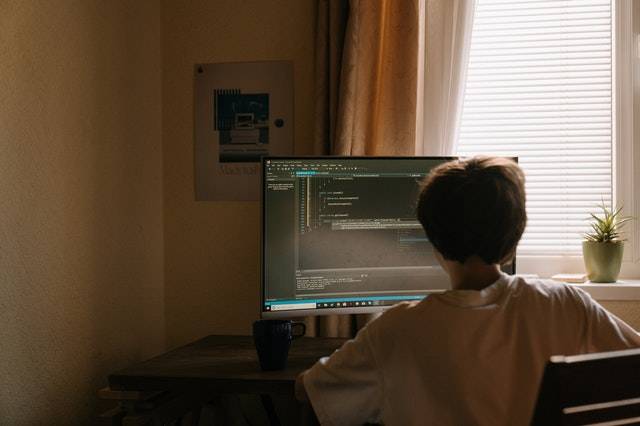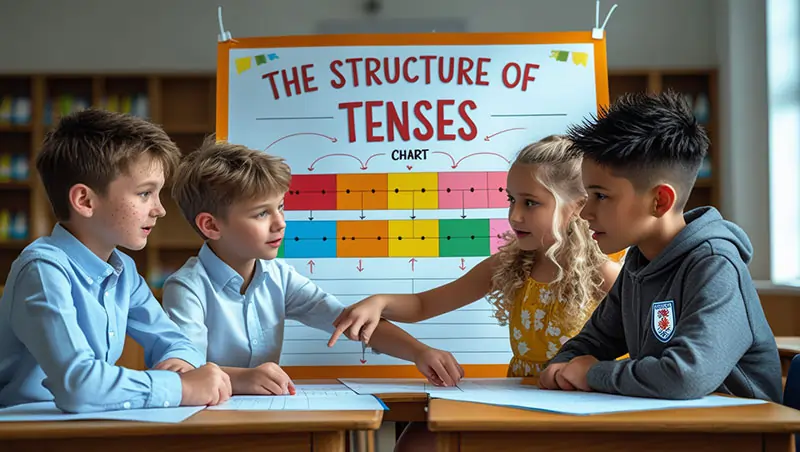Why Is Coding A Good Investment In Your Child’s Future?

Programming has been gaining a lot of popularity lately. And this is not only due to the high salaries of specialists working in the IT-sphere but also to other factors such as hiring demand, career flexibility, work/life balance, etc. The advantages of professions related to the IT industry are attracting more and more people every year.
However, programming knowledge can be studied not only by grown-ups but by children in elementary school, which trails behind many fruitful benefits. Let’s take a look at the most obvious reasons why coding for kids could be a good investment in your child’s future.
The booming growth of the IT sector
First off, IT industry and software development trends are sure to grow in the upcoming years offering more and more opportunities for potential coders.
A case in point could be well-trusted research from reputable analytical companies such as IDC, Gartner, and TrendForce. Here is a summary of their reports.
IDC
IDC analysts expect that in 2022 over 50% of the world economy will be impacted by IT in one way or another. That’s why businesses of all sizes and industries should pay particular attention to IT. It is likely that by 2024, more than half of IT investments will be aimed at digital transformation.
TrendForce
Analytical company TrendForce also named a number of IT trends to expect in 2022. Unlike the predecessors in this article, TrendForce experts have specified the technologies that will step forward.
These include Virtual Reality, IoT, 5G, micro-LED and mini-LED displays, satellite communications, automated car parking, and more.
Gartner
Another analyst firm, Gartner, predicts that in 2022 the hyper-automation market will reach the $596.6 billion mark. That’s $115 billion more than in 2020 and $64.2 billion more than this year.
Hyperautomation is the large-scale automation of processes using artificial intelligence, low-cost development platforms (LCAP), and robotic process automation (RPA).
Apart from that, Gartner analysts predict an increase in the IT market in the coming year by 8.6%, while world GDP will grow by 4.9%.
Soft and personal skill development
Not only career opportunities and industry growth galvanize many parents to groom their children towards coding. Learning coding at an early age has a number of other advantages in terms of personal growth.
Improve wide range of other subjects
Programming is an interesting and new world, which will open up completely different facets of knowledge to a child. While learning to code, children discover new sides of mathematics, and, for example, physics. In case English is not your child’s first language, coding will surely boost his/her language proficiency. All modern coding languages require English knowledge. This means that your child will be much faster to learn a foreign language, which is also necessary in today’s world.
Concentration
It is rare to find children with a high level of concentration today. The breadth of knowledge, multidisciplinarity, advances in various fields could be time-consuming and distracting for kids. Coding requires maximum concentration and focus. It teaches your child to put all his/her efforts into a particular problem. Such a skill will be very useful in his/her adult life, even if the child will not become a coder in the future.
Development of logical thinking
Coding and logic are inseparable concepts. You cannot write an application without using logical thinking. For example, to create even a simple game, you need to think through the sequence of actions and build certain logical chains. As a result, a child learns to structure his/her thoughts, analyze events, organize tasks, make plans, and better understand the relationship between different objects and actions.
Opportunity for self-actualization
Unfortunately, many children today use smartphones and PCs aimlessly and are ready to spend hours looking through news feeds on social networks. We can change the situation and show to what extent the world of coding is really interesting. The child will be able to fulfil himself by writing some applications, even if in the form of games. He or she will show the result to his/her friends, which will help strengthen his/her credibility in the eyes of peers.
Development of creative skills
Coding is not just about writing code. Developers use their creativity to solve certain problems while creating applications and games. The same piece of code can be written in different ways, optimizing applications and making their implementation easier and more functional. That is, children learn to think non-linearly and apply all their knowledge to any area of human activity.
With the help of practical things, K-12 learners can see how creativity works. Children need to create instructions and teach a robot to do simple things, for instance, make a sandwich with butter and bread.
Application development experience
Finally, as cliché, as it may sound, by laying the basics of coding for your child, you will boost their application development experience and prepare them for the future profession. Developers have a good income and can look for work not only within one state. With modern means of communication and control of working hours, developers can freely work with customers from the U.S., Europe, or Asia, without leaving home.
Teamwork
Communication skills are paramount in the world of coding. Working on a particular project, children learn to communicate with each other, identify mistakes, ask questions to teachers, if they cannot fix the problem, or discuss the results in the class.
The ability to work in a team is the basis of every coder. Every member of the team performs his or her specialized task. Then the results of the work merge – this is where the teamwork principle comes to the fore. The ability to work in a team and the ability to support a teammate are the most important qualities for programmers.
As you can see, programming for children has many advantages.
Have fun and excitement of creating something together
On top of that, coding can be a great source of fun. Teens can learn to write code simply by playing their favourite computer games, like Minecraft and Roblox.
Another way to get your children excited about creating apps and programmes can be playing some offline activities. Board games, building bricks and construction toys can lay foundations for developing critical and creative thinking. Besides, it’s a way to spend time together and see what a child can do better and like most.
One of the challenging tasks for parents is to watch and understand the wishes and interests of their children. The ability to observe will soon bring its fruits to the table.
Wrapping up
Mastering the basics of programming at an early age will lay a solid foundation for future development. For example, at the age of 12, a child will learn to develop simple cartoons and games, gain application development experience, and get acquainted with more advanced languages like Python.
From the age of 16, they can start studying applied programming languages: C#, C++, and many others. The acquired knowledge and skills will make the process of becoming proficient in new IT technologies smoother.
By teaching children to write code, you are investing in their professional careers and the opportunity to grow them as a person.
Author Bio: Kyle McDermott is a web developer, blogger, blockchain enthusiast, and business analyst. He loves to write about new technologies, business news, and sports events. Kyle is also a proofreader at Computools.


